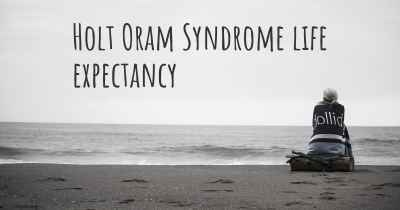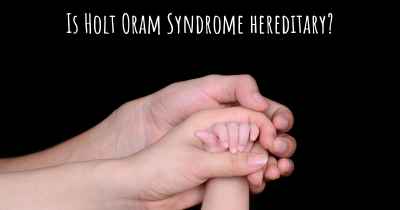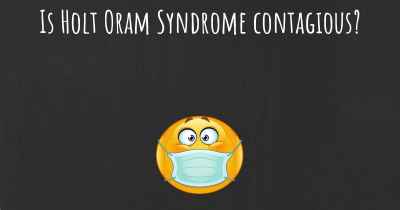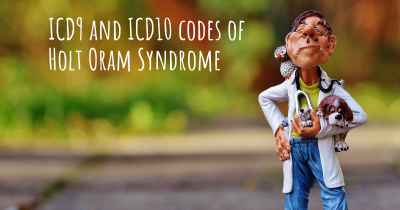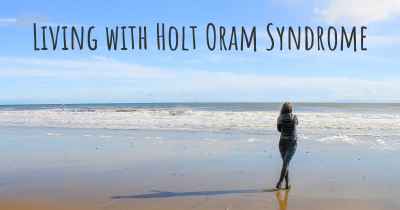What is the history of Holt Oram Syndrome?
When was Holt Oram Syndrome discovered? What is the story of this discovery? Was it coincidence or not?

Holt Oram Syndrome (HOS), also known as Heart-Hand Syndrome, is a rare genetic disorder that affects the development of the heart and upper limbs. It was first described by Mary Holt and Samuel Oram in 1960, hence the name. HOS is inherited in an autosomal dominant manner, meaning that an affected individual has a 50% chance of passing the condition on to their children.
The history of Holt Oram Syndrome dates back to the mid-20th century when Mary Holt and Samuel Oram, two British physicians, independently observed a pattern of heart and upper limb abnormalities in several patients. They recognized the recurring combination of congenital heart defects, such as atrial septal defects and ventricular septal defects, along with skeletal abnormalities affecting the upper limbs, such as absent or malformed thumbs and forearms.
In 1960, Mary Holt published a paper describing the syndrome in the British Heart Journal, while Samuel Oram published his findings in the Journal of Bone and Joint Surgery. Their separate reports brought attention to this unique condition, and it was subsequently named Holt Oram Syndrome in their honor.
Over the years, further research has been conducted to better understand the underlying genetic cause of Holt Oram Syndrome. It was discovered that the condition is primarily caused by mutations in a gene called TBX5, which plays a crucial role in the development of the heart and upper limbs.
Genetic studies have revealed that TBX5 mutations disrupt the normal formation and function of the heart and upper limb structures during embryonic development. These mutations can lead to a wide range of cardiac abnormalities, including atrial and ventricular septal defects, as well as skeletal abnormalities affecting the hands, wrists, and forearms.
Since the initial discovery of TBX5 mutations, numerous different mutations in this gene have been identified in individuals with Holt Oram Syndrome. These mutations can vary in their location and severity, which contributes to the wide spectrum of symptoms observed in affected individuals.
Advancements in genetic testing techniques have allowed for more accurate diagnosis of Holt Oram Syndrome. By analyzing an individual's DNA, it is now possible to identify specific TBX5 mutations, confirming the presence of the syndrome. This has greatly improved the ability to provide early intervention and appropriate medical management for affected individuals.
Although there is currently no cure for Holt Oram Syndrome, various treatment options are available to manage the symptoms and improve the quality of life for affected individuals. These may include surgical interventions to correct cardiac defects, occupational therapy to enhance hand function, and genetic counseling for affected individuals and their families.
Research into Holt Oram Syndrome continues to advance our understanding of the condition and may lead to potential therapeutic interventions in the future. Scientists are investigating the molecular mechanisms underlying TBX5 mutations and exploring potential gene therapies or targeted treatments to mitigate the effects of these mutations.
In conclusion, Holt Oram Syndrome is a rare genetic disorder that affects the development of the heart and upper limbs. It was first described by Mary Holt and Samuel Oram in 1960, and subsequent research has identified mutations in the TBX5 gene as the primary cause of the syndrome. Advances in genetic testing have improved diagnosis and allowed for better management of the condition. Ongoing research aims to further unravel the molecular basis of Holt Oram Syndrome and develop potential therapeutic strategies.
Posted Oct 19, 2017 by Kishai 2120
